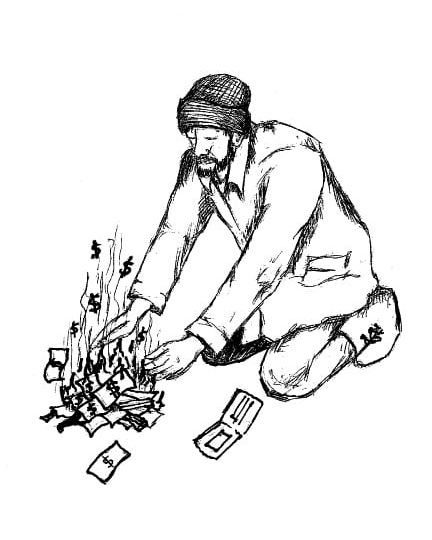
“Economic recovery” is a term that we have seen thrown around since 2009. Jobs seem to be the central issue for at least one party in Washington. Minnesota legislators are contemplating a boost to the state minimum wage, which currently rests at $6.15 an hour. In addition to all the moral reasons for raising the minimum wage for all those individuals working full weeks but still living in poverty, there is also an economic reason.
The United States has the second lowest minimum wage in the industrialized world. The federal minimum wage is $7.25 per hour. Last year, Obama called for an increase in the minimum wage to $9 an hour. However, with countries such as Australia sporting a $17 an hour minimum wage, I do not believe such a small increase will be enough.
Besides, given the situation in Washington, legislators are unlikely to change anything concerning the minimum wage at this time. We do not just need a higher minimum wage. We need a living wage to solve our economic problems.
The only hope for a change is at the state level. Many opponents of a minimum wage increase believe the change will cause higher unemployment and fewer work opportunities. However, a person with a family of four working 40 hours per week at minimum wage is unable to live at the federal poverty line.
If lawmakers actually cared for those peoples’ well-being, they would have set a living wage long ago. Lawmakers in St. Paul need to consider the economic implications of having a large section of the population unable to purchase goods and services.
The two bills currently competing in the Minnesota Legislature set the minimum wage at $9.50 and $7.75. The increase would give some 360,000 Minnesotans a raise including many college students.
However, I think both bills should be retracted in favor of a more robust increase to between $12 and $15 an hour, depending on age. Furthermore, this increase should not be a one time occurrence. The increase should be tied to a percentage of the median wage. A $12 living wage would set the lowest income earners at 60 percent of median income earners.
With such a large increase in the minimum wage, not only would nearly half a million Minnesotans get a raise, they will also be lifted out of poverty and have more disposable income. Many of the Minnesotans living in poverty would have more money to buy goods, save for education and even invest in the economy.
Opponents of such an increase are quick to point out that businesses will lay off workers en masse. However, economists disagree about whether raising the minimum wage leads to higher unemployment. Raising the minimum wage does not affect demand for products. In fact, if more income is available to lower income earners, there may be an increase in demand. In this case, businesses can’t cut workers because such an action would decrease their profits.
Businesses could look to Costco for an example of a business whose workers earn $50,000 a year and whose CEO still earns $650,000 a year.
The bottom line is that Minnesota should establish a living wage that allows more people to spend money.
Seth Ellingson ’15 ellingss@stolaf.edu is from Powder Springs, Ga. He majors in political science and Russian.
Graphic Credit: DANIEL BYNUM/MANITOU MESSENGER

